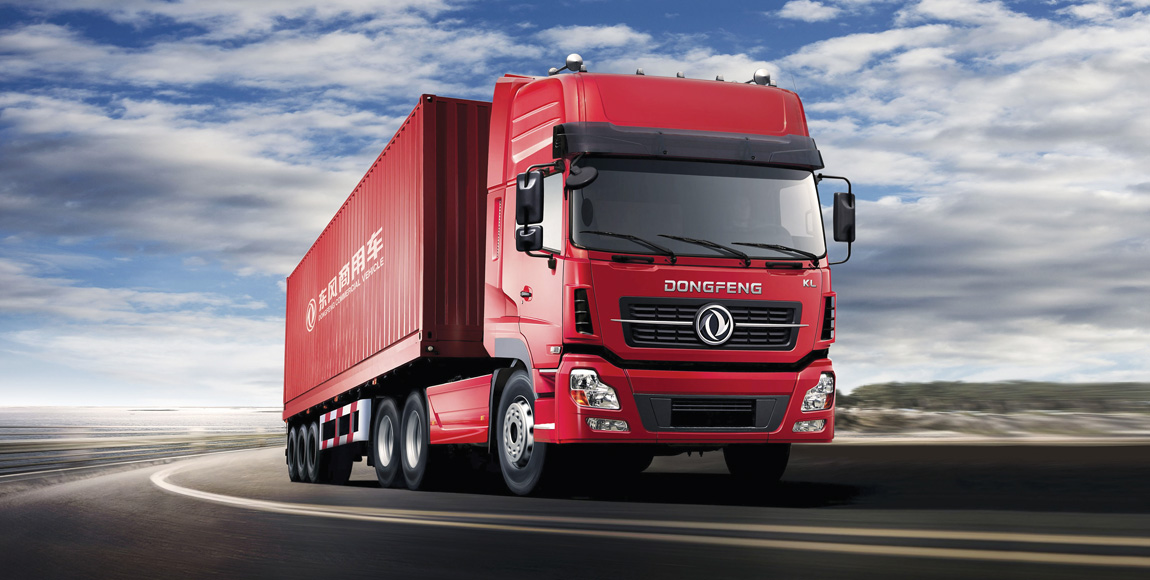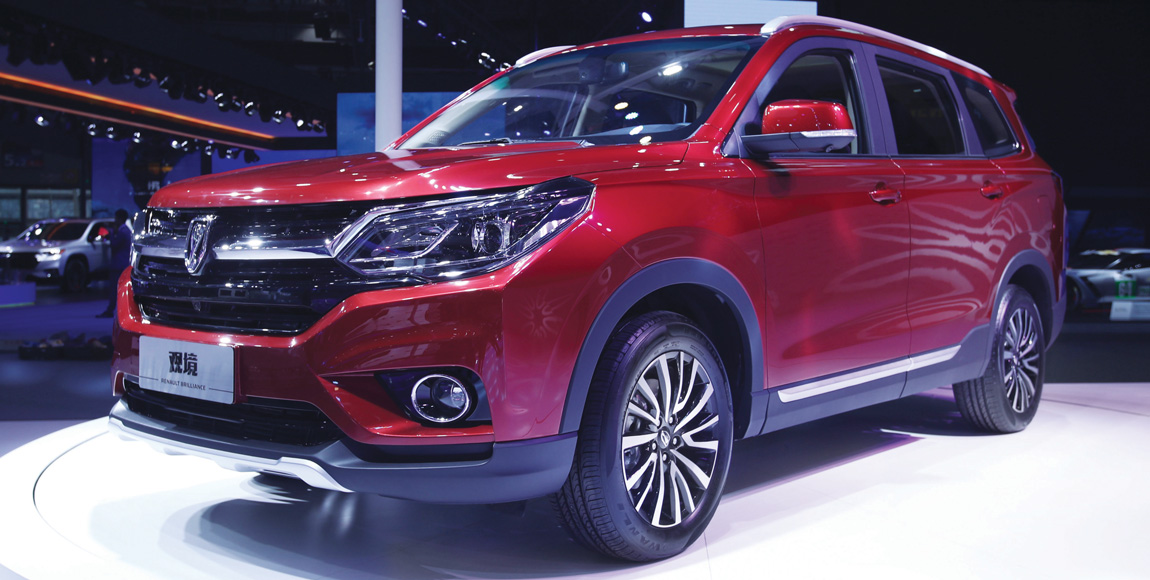Chinese puzzle!

It may sound ironic, but a sales decline in China’s automotive market – the first in 20 years – appears to offer the country’s domestic producers an opportunity to become more competitive on a global level
China continues to be the world’s largest vehicle market with the Chinese government predicting that domestic production will reach 30-million units by 2020 and 35-million units by 2025.
According to the China Association of Automobile Manufacturers, over 27-million vehicles were sold in the country last year, made up of 23,79-million passenger cars (down 4,08 percent from 2017) and 4,38-million commercial vehicles (an increase of 5,05 percent). Only 1,1 million (about 3,90 percent) of the total number vehicles sold were imported.
In a statement, the association points out that the fall-off in passenger car sales represents the first annual decline following 20 years of substantial growth. Worryingly for Chinese authorities, however, is that the downward trend has persisted into 2019.
A report published last month in the China Daily indicates that 12 of the country’s 17 listed car manufacturers reported a fall in profits for the first half of the year, while only three of the 12 commercial vehicle manufacturers posted profit increases.
“An overall sales decline in the market has led directly to carmakers’ poor earnings,” the report says. “In the first half of 2019, China’s automobile production and sales reached 12,13-million and 12,32-million units respectively, down 13,7 percent and 12,4 percent year-on-year. This was due to multiple factors, such as the slowdown of the macro economy and early implementation of new emission standards.”
That said, the country’s economic dip doesn’t appear to have deterred Europe’s original equipment manufacturers (OEMs) from investing in China. For instance, at the end of 2018, Groupe Renault – part of the Renault-Nissan-Mitsubishi Alliance – formalised a joint-venture agreement with Shenyang-based Brilliance to form the Renault-Brilliance-Jinbei Automotive Company with a view to producing light commercial vehicles (LCVs), multi-purpose vehicles (MPVs) and sport utility vehicles (SUVs).
Since then, the company has launched two models into the market under the Jinbel label – the Lingkun, an electrically powered MPV, and the seven-seat Guangjing – the entity’s first SUV. Both of these models are said to feature quality standards that conform to Renault’s benchmarks in terms of comfort, reliability and technology.
According to a statement, Renault will pursue further growth in the sectors by launching another five models in rapid succession – two of them electrically powered – with the aim of achieving sales of 150 000 units a year by 2022.
The decision by the French company to expand its operations in China – which follows the establishment in 2013 of the Dongfeng Renault Automobile Company (DRAC), a joint venture which produces Renault-badged vehicles – appears to be based on the fact that the domestic LCV segment (of which MPVs form part) is growing rapidly. This boom is attributed to the burgeoning e-commerce market, which has been fuelled by the increasing urbanisation of China’s population.
“Final-mile deliveries in urban areas are expected to increase by 125 percent between now and 2030,” says a statement issued by Renault, adding that the trend in light delivery vehicles is towards Euro-styled MPVs, compact vans and bakkies of the type produced under the Jinbel badge.
Though prospects for growth look positive, China’s commercial vehicle market is not without its challenges. According to recent study by Strategy& – the global strategy consulting team at PricewaterhouseCoopers (PwC) – over the years Chinese truck makers have built overcapacity to cope with demand from the expanding domestic market, and they are beginning to feel the effects of the economic pinch.
“They have every incentive to move internationally and to compete on price,” the report says. “It will be very difficult for international OEMs to counter this, since they cannot compete effectively on given product costs. In the long run, this will establish some Chinese truck makers as significant global players that are able to compete in low-cost tiers, as well as in higher-end markets.”

Chinese trucks already sell in significant volumes in some markets. In Russia, for example, every 11th truck comes from China, and in Vietnam the figure is said to be two out of every three trucks sold. Brands such as FAW, Powerstar, Changan and JMC are familiar names in South Africa. However, measured against total volumes produced, China’s exports of commercial vehicles remain modest.
The Strategy& report points out: “Truck makers in China are, by and large, producing the sorts of vehicles that succeed in emerging markets, since they are perceived to be well-suited to imperfect infrastructure and good enough in terms of basic reliability and safety. Sooner or later, though, Chinese manufacturers will migrate from good-enough trucks to value models that compete on features other than price.”
On this point, an area in which the country is looking to establish itself as a leader in the automotive industry encompasses the building of new-energy vehicles (NEVs) – cars and trucks that are powered by alternative energy sources and incorporate latest connectivity and autonomous-drive features.
The sector is one of 10 pillars that support President Xi Jinping’s “Made in China 2025” programme, an initiative aimed at upgrading the country’s industry from low-cost, mass production to higher-value, advanced manufacturing. Sales of NEVs are expected to exceed 1,5-million units in China this year, with the figure forecast to double by 2025.
To support the initiative, the Chinese government has introduced a quota system specifying that vehicle manufacturers – including joint-venture entities and auto importers – are required to manufacture or import a minimum percentage of NEVs relative to the total number of vehicles they produce or import. Companies that do not meet targets are required to purchase NEV credits from automakers that have exceeded production quotas – or forego sales of vehicles powered by internal-combustion engines.
Further, government has encouraged cooperation with automotive leaders in the fields and, in what has been seen as underlining the importance of official strategy, FAW and Japanese manufacturer Toyota recently signed a strategic cooperation framework agreement regarding the development of electrified and intelligent, connected vehicles.
According to the agreement, the companies intend to make full use of their resources to provide hybrid and plug-in hybrid vehicles, as well as all-electric and hydrogen fuel-cell vehicles for Chinese consumers to meet multiple mobility demands, while jointly promoting research and development as well as popularising electrified vehicles in China.
“FAW and Toyota will strive to satisfy the multiple mobility demands of Chinese consumers, while making their due contributions to the protection and improvement of ecological environment of China,” the agreement says.
Published by
Focus on Transport
focusmagsa




